As part of the SEI ICEA Project, the Road Materials Laboratory of the ICEA Department has recently gets an Heavy Weight Deflectometer (HWD), a high-performance equipment capable of assessing in the field structural conditions of both asphalt and rigid pavement layers for roads and airports infrastructures. With the HWD, the Laboratory’s capabilities in the on-site control and monitoring of pavement performance are further strengthened.
As part of the SEI ICEA Project, the Laboratory of Surveying and Geomatics of the ICEA Department has recently equipped itself with the scientific software Bernese, version 5.2, which allows the processing of time series of GNSS observations acquired from permanent stations. The results provide the 3D velocities of the sensor being acquired, thus allowing the monitoring of deformation phenomena both of the territory (in the environmental field) and of structures and infrastructures (in the civil scope).
As part of the SEI ICEA Project, the Hydraulics and Hydraulic Constructions Laboratory of the ICEA Department has recently been equipped with cDAQ-9185. The cDAQ-9185 is a multi-slot data logger (chassis) that houses the NI-9203 modules, which are used to acquire signals from various sensors. These sensors are powered by a stabilized laboratory power supply. Specifically, the system is designed to acquire signals from the PR-23SY piezoresistive pressure sensors (0.1 bar / 81549.66). Overall, the system has been developed to measure the pressure distribution around a bridge pier impacted by the current. The integration of the cDAQ-9185 and NI-9203 enhances the laboratory’s capabilities in studying excavation processes caused by bridge piers in riverbeds, with significant implications for the safety assessment of bridges exposed to flood events.
As part of the SEI ICEA Project, the Sanitary-Environmental Engineering laboratory of the ICEA Department has recently acquired a climatic chamber (810 liters), equipped with advanced systems for controlling temperature (0-70°C), humidity and CO₂ concentration. This instrument allows both to conduct tests in controlled environmental conditions and compliant with reference standards (for example, studies on the bioavailability of contaminants for specific plant species), and to evaluate the behavior of materials subjected to specific treatments (such as accelerated aging tests, forced carbonation, CO₂ capture, etc.).
 |
 |
 |
As part of the SEI ICEA Project, the Geotechnical Laboratory of the ICEA Department has acquired the FibrisTerre FTB 5020 interrogator. This state-of-the-art instrument enables the reading of distributed optical fiber sensors, providing highly accurate measurements of deformation and temperature. It will be employed for monitoring dams, embankments, landslides, viaducts, and other civil structures, further strengthening the Laboratory’s support to authorities responsible for land management.
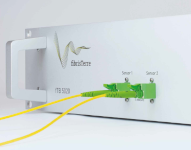 |
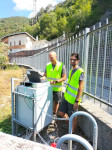 |
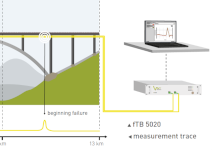 |
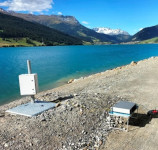 |
 |
As part of the SEI ICEA Project, the Laboratory for Testing on Construction Materials of the ICEA Department has recently been equipped with a portable X-ray diffractometer (XRD) with acquisition system for laboratory and in situ monitoring. This instrumentation will allow to perform tests to evaluate the residual stresses in ordinary and prestressing steel. With the new XRD equipment, the capabilities of the Laboratory for Testing on Construction Materials in the context of risk assessment of existing bridges are further strengthened, with particular reference to post-tensioned concrete girder bridges.
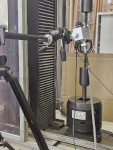 |
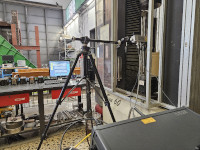 |
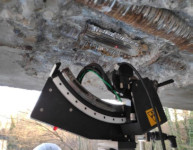 |
As part of the SEI ICEA Project, the GIScience D4G Laboratory of the ICEA Department has recently acquired a fixed-wing Unmanned Aerial Vehicle (UAV) equipped with a payload that includes both optical and thermal sensors. With its high flight autonomy (90 minutes), this instrumentation significantly enhances the acquisition of spatial information over large areas, expanding the potential of applied research for monitoring both natural and built environments. The fixed-wing UAV further strengthens the Laboratory’s capabilities in the integrated control and monitoring of territorial structures, infrastructures, ecosystems, and morphological features.
 |
 |




